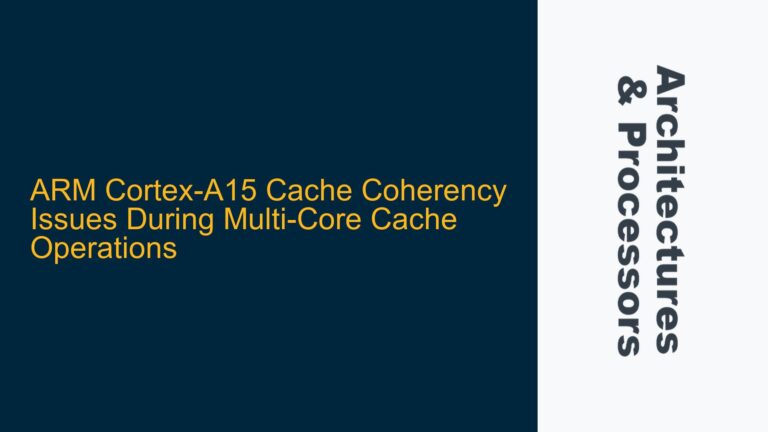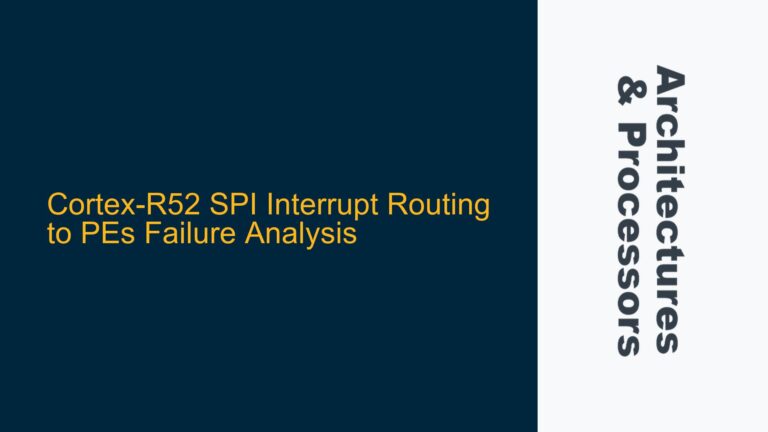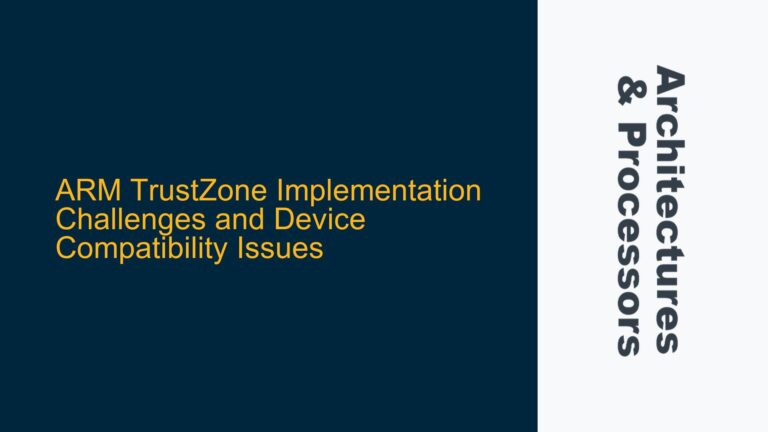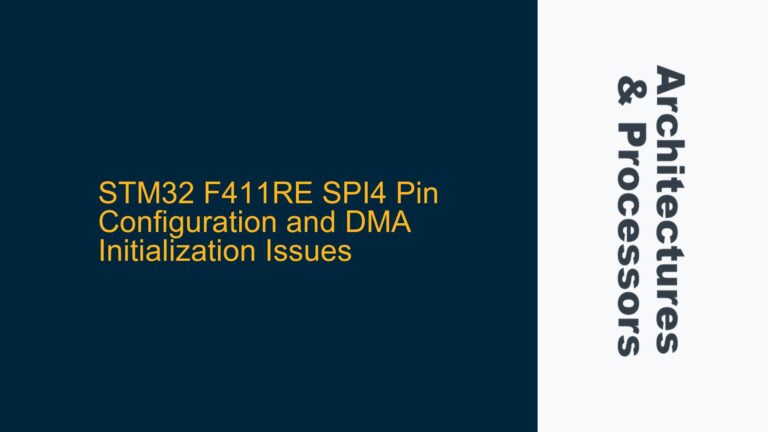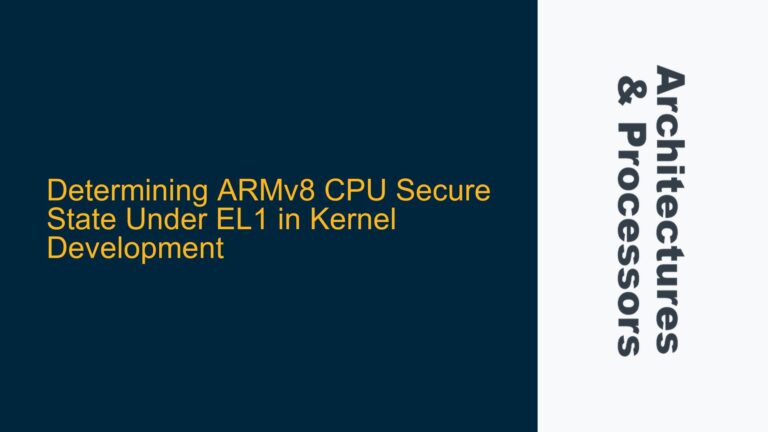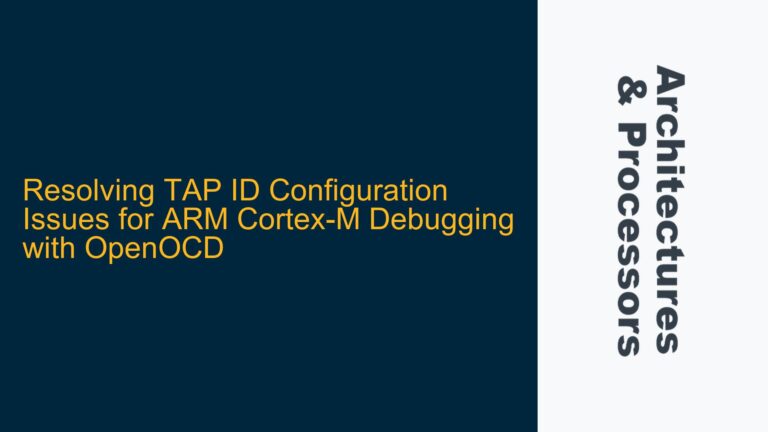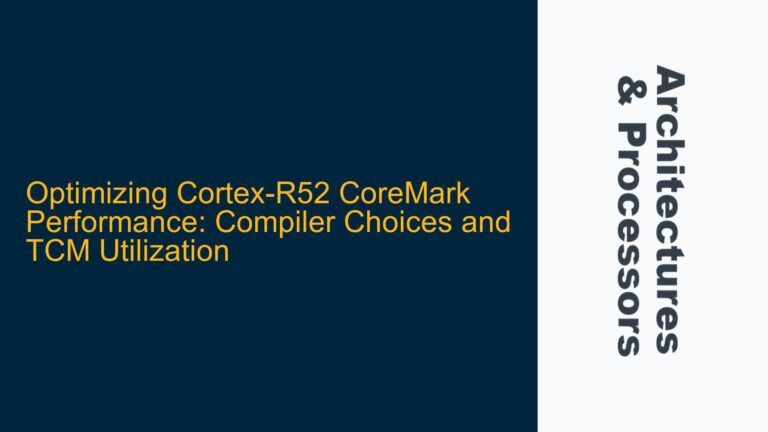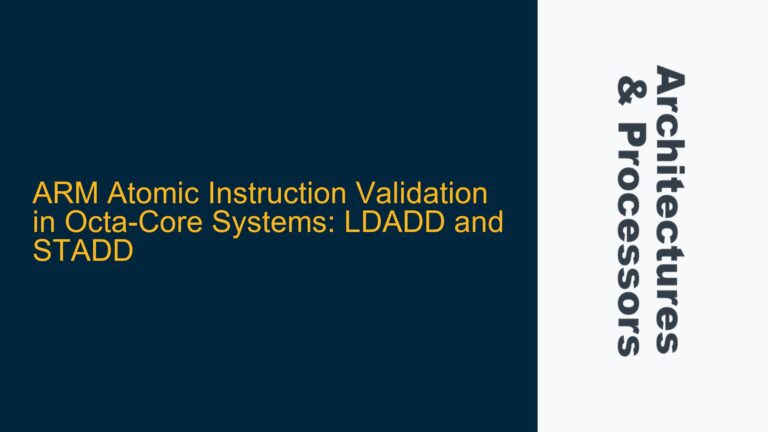and Resolving ARM Load-Exclusive and Store-Exclusive Usage Restrictions
ARM Cortex-M4 Cache Coherency Problems During DMA Transfers The ARM architecture provides a set of synchronization primitives known as Load-Exclusive (LDREX) and Store-Exclusive (STREX) instructions. These instructions are crucial for implementing atomic operations in multi-threaded environments or when dealing with shared resources. However, the ARM Architecture Reference Manual for ARMv7-A and ARMv7-R explicitly states that…


